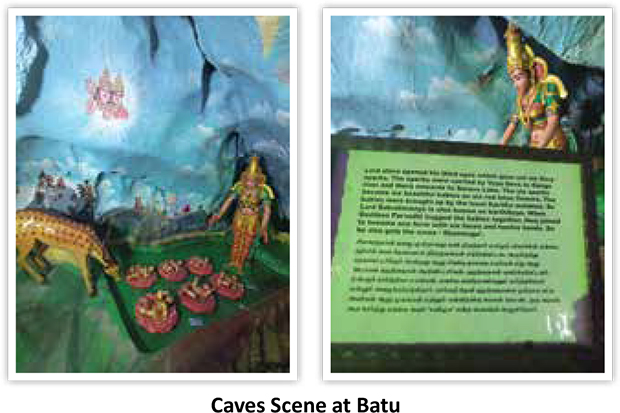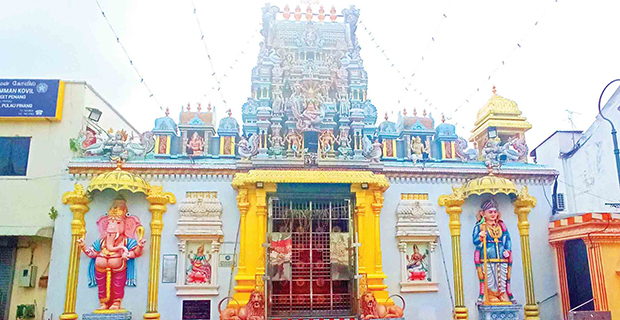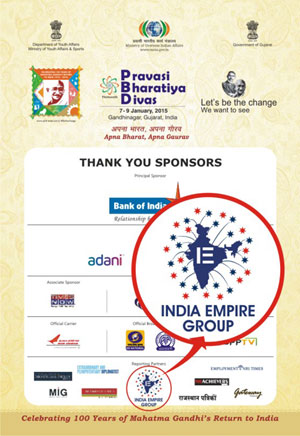A Bridge Between Diasporas
Raksha Daryanani Thani finds unexpected kinship, flavours, and cultural belonging during her journey to Malaysia‘How about a trip to Penang and Kuala Lumpur in July? I think you’d love it,’ said my mum on a call in February this year.‘Malaysia sounds fun. But would it mean no home food?’ I asked.‘I wouldn’t say that. The place has lots to offer,’ she said.

Kinship in Kuala Lumpur
Just when I thought I’d seen everything, mum took me to Brickfields in Kuala Lumpur a week later. ‘Pudhu Vellai Mazhai’ from ‘Roja’ played from a shop’s speaker, filling the area with a sense of nostalgia. Purple, yellow, pink, and blue arches lined the road, while shop signs in English and Tamil read ‘Kalyaana Pattu’, ‘Thangamaligai’ and ‘Ladies & Gents Tailor’. Restaurants selling Indian food were teeming, and vendors sold everything from fresh produce, chai, murukku, and mithai to dupattas and hair accessories on the pavement. I’d been to Wembley and Southall in the UK several times but the vibe here deeply resembled T. Nagar, Chennai’s popular shopping district. I was addressed as ‘Akka’ and greeted with ‘namaste’ here too. My happiness doubled.
I walked into a restaurant in the hopes of finding meetha paan, while eyeing what looked like sweet, green-hued coconut pancakes on display—commonly known as flensjes or rose pannekoek in Suriname, and only available at Indonesian markets on Sundays. The waiter confirmed they had meetha paan, and my hunch about the pancakes was right, except they were called kuih dadar here. I bought both green items and relished them within minutes.
The waiter smiled at my enthusiasm and asked in a soft voice, ‘Khaana nahi khayenge?’ (Won’t you have a meal?)
I replied, ‘Kyun nahin. Menu dikhaiye,’ (Why not. Please show me the menu.)
Mum ordered a thaali. I was sold when reading, ‘South Indian vegetable dishes served on a banana leaf.’ I glimpsed a nod and smile from the waiter when eating with my hands. During my speedy trip to Suriname six months ago, my dad had prepared sambar and cabbage kootu for me minus the habitual banana leaf. This experience more than made up for it. The Tamilian in me was ecstatic. Mum saw the look on my face and said, ‘My Tamli-Sindhi girl. You are some combination of cultures, eh?’ She was right. And what a pleasure to find myself in this corner of Malaysia.
‘But you can’t leave without seeing Batu Caves,’ said mum. I was glad I paid heed. The caves had ornate, life-sized depictions of Hindu gods and goddesses. Each scene was taken from holy scriptures with its story and morals summarised on placards, making me feel like I’d stepped into a real-life Amar Chitra Katha book from childhood.











Comments.